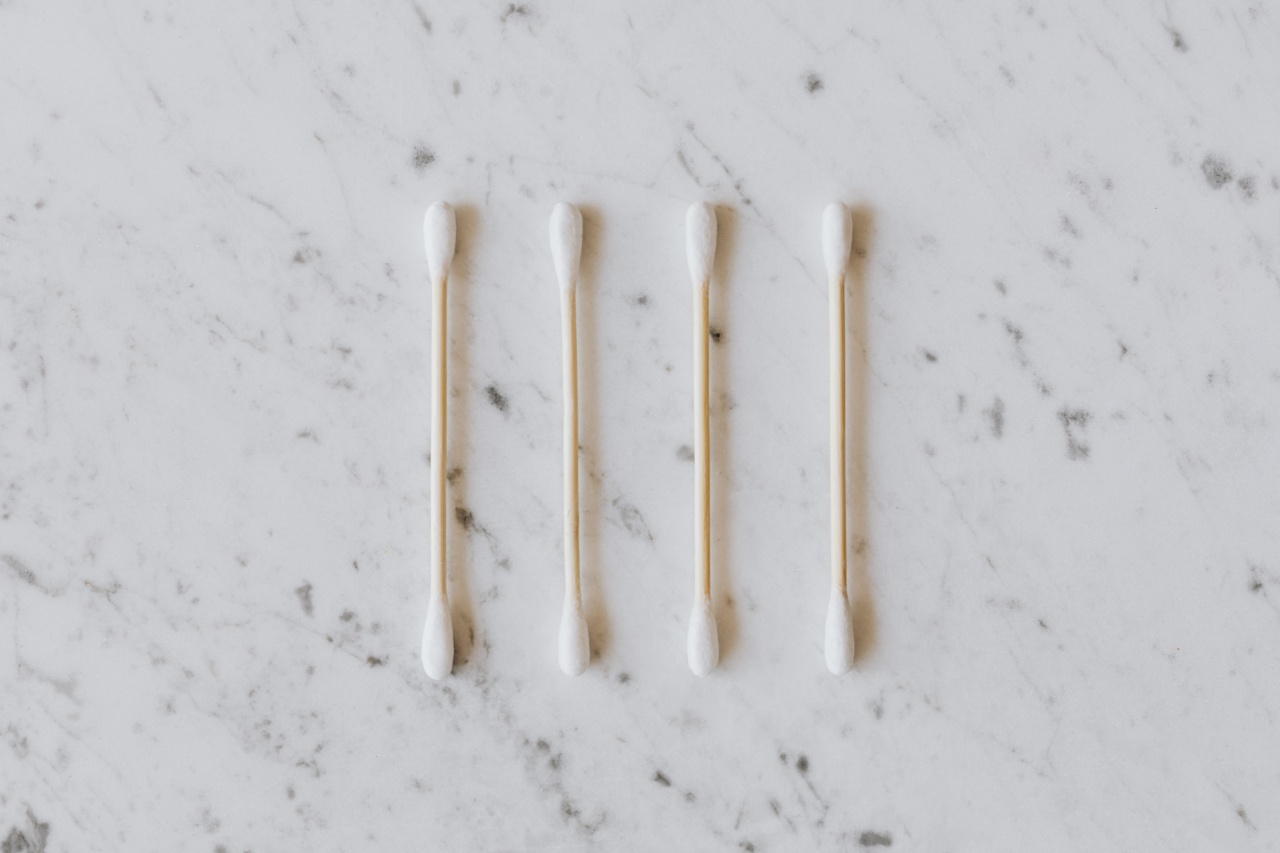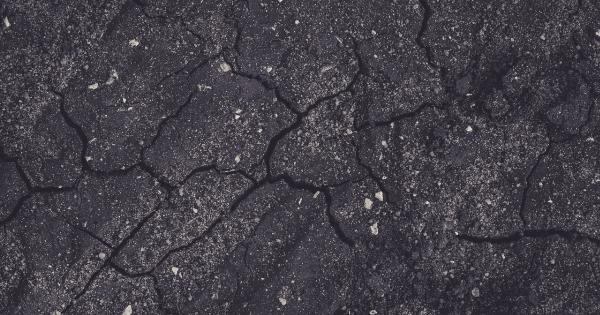Ear wax is a natural substance that helps to protect the ear canal from dirt, dust and other foreign particles. It also acts as a natural lubricant, helping to prevent ear infections and other ear problems.
However, sometimes ear wax can build up and cause problems, particularly in babies and young children. In this article we will discuss the right method to clean your baby’s ear wax safely and effectively.
What is Ear Wax?
Ear wax, also known as cerumen, is a yellowish-brown substance that is secreted by glands in the ear canal. It is made up of a combination of dead skin cells, hair, and secretions from the oil and sweat glands.
Ear wax is normally present in the ear and serves as a natural defense mechanism against bacteria and other pathogens. It also helps to lubricate the ear canal, and to keep it clean and moist.
Why Do Babies Have More Ear Wax Than Adults?
Babies and young children tend to have more ear wax than adults. This is because their ear canals are smaller and their wax glands are more active than those of adults. Babies also tend to produce more ear wax as a result of teething.
The wax may serve as a natural barrier to protect the sensitive ear canal from the bacteria and germs that can accompany teething.
How Can You Tell if Your Baby has Ear Wax Buildup?
The symptoms of ear wax buildup can vary from one child to another. Some children may not show any symptoms at all, while others may experience ear pain, itching, or a feeling of fullness in the ear.
If you notice any of these symptoms in your baby, it may be a sign that he or she has a buildup of ear wax.
The Risks of Using Cotton Swabs to Clean Ear Wax
Cotton swabs are a popular method of cleaning ear wax, but they can be dangerous to use, particularly in babies and young children. Cotton swabs can push the ear wax further into the ear canal, causing it to become impacted.
Impacted ear wax can cause hearing loss, ear infections, and other problems. In some cases, it may even require medical attention.
The Right Method to Clean Your Baby’s Ear Wax
The best method to clean your baby’s ear wax is to use a damp washcloth or a soft, damp tissue. Gently wipe the outside of the ear, being careful not to push any wax further into the ear canal.
You can also use a baby ear wax removal kit, which usually contains a bulb syringe or a dropper and a mild ear cleaning solution.
Using a Bulb Syringe to Remove Ear Wax
When using a bulb syringe to remove ear wax, start by gently irrigating the ear with warm water or saline solution.
Fill the syringe with warm water or saline solution, hold your baby’s head over a basin, and gently squeeze the bulb so that the solution is released into the ear canal. Let the solution sit in the ear for a few minutes to soften the wax. Then, gently tilt your baby’s head to the side to allow the solution to drain out.
Repeat the process with the other ear, if necessary. You should never use overly hot or cold water, as this can damage the ear canal or eardrum.
You should also avoid using too much pressure when squeezing the bulb syringe, as this can cause damage to the ear.
Using a Dropper to Remove Ear Wax
If you prefer to use a dropper to remove ear wax, start by warming the dropper in hot water. Fill the dropper with warm water or saline solution, hold your baby’s head over a basin, and gently squirt a few drops of the solution into the ear canal.
Allow the solution to sit in the ear for a few minutes to soften the wax. Then, tilt your baby’s head to the side to allow the solution to drain out.
Repeat the process with the other ear, if necessary. You should never insert the dropper into the ear canal, as this can cause damage to the ear.
You should also avoid using too much pressure when squeezing the dropper, as this can cause damage to the ear.
When to Seek Medical Attention for Ear Wax Buildup
If your baby has a buildup of ear wax that is causing symptoms such as ear pain, itching, or a feeling of fullness in the ear, you should seek medical attention.
Your doctor can examine your baby’s ears and determine the best method of removing the wax. In some cases, a referral to an ear, nose, and throat specialist may be necessary.
Conclusion
Ear wax is a natural substance that helps to protect the ear canal from dirt, dust and other foreign particles. However, sometimes it can build up and cause problems, particularly in babies and young children.
The best way to clean your baby’s ear wax is to use a damp washcloth or a baby ear wax removal kit. If you notice any symptoms of ear wax buildup in your baby, such as ear pain, itching, or a feeling of fullness in the ear, you should seek medical attention.






























